Laptop definitions jargon buster: From AI specs to GPU, nits and beyond
These laptop definitions will help you make sense of your CPUs, GPUs and SSDs to make the right choice when buying your next laptop.
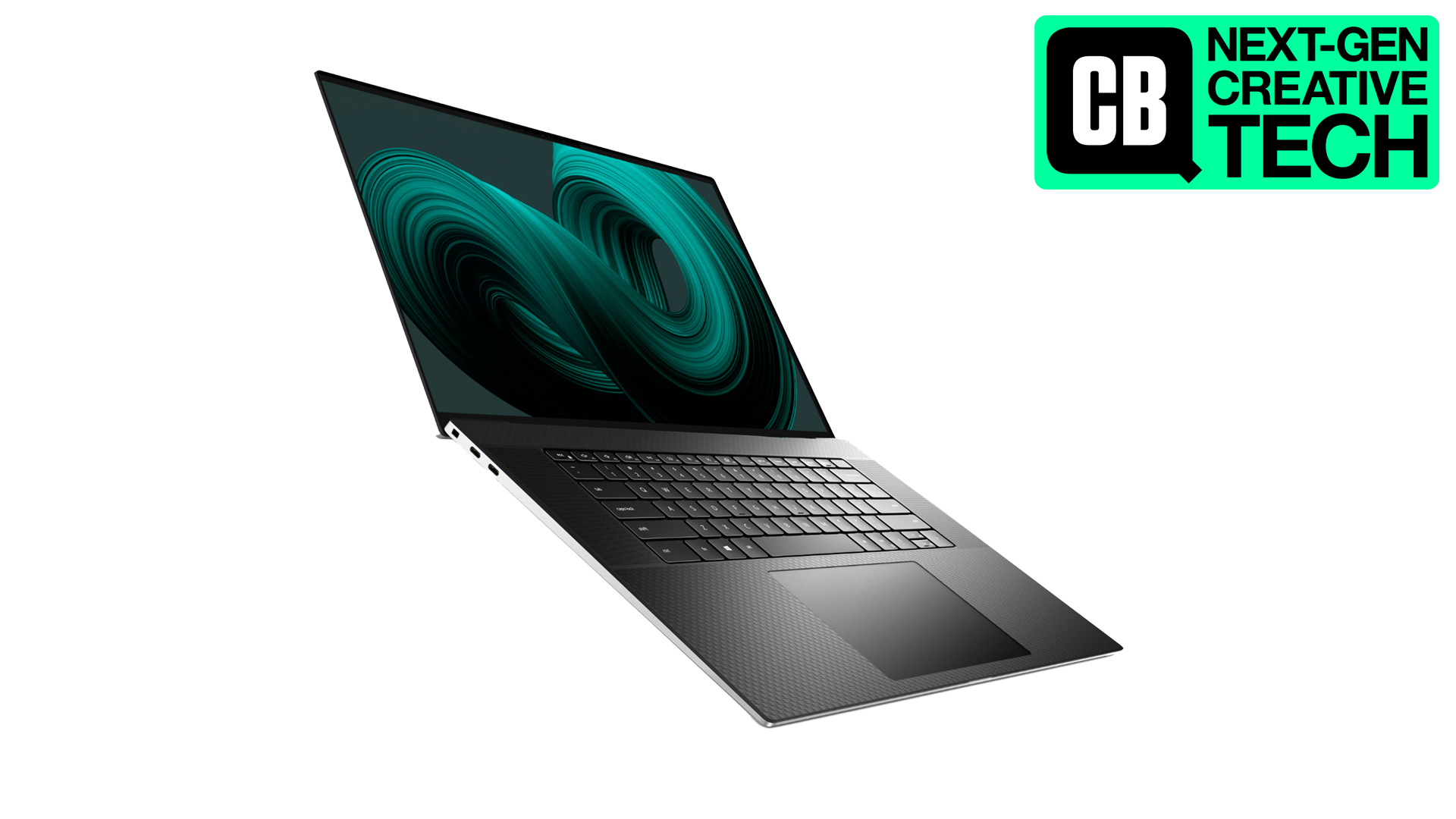
There’s no denying that in today’s tech-driven world, laptops are ubiquitous, and for many they have become the preferred method to work, game or complete creative work. As tech advances and seeps into every aspect of our daily life, an increasing amount of jargon enters our lexicon, and whether you’re a seasoned tech enthusiast or a casual user, navigating the sea of terminology can be overwhelming and leave you questioning what to prioritise when buying a new system.
Whether you’re looking at a new laptop to complete everyday tasks, or considering one of the best laptops for graphic design or any other taxing tasks that requires a degree of laptop performance, you’ll want to have at least a passing understanding of the main definitions you read on the sale sticker. It will help you make better, more informed decisions and as well as ultimately ensuring you end up with the product you want. Knowing what to look for could mean you save money too.
We’ve written this article to serve as a comprehensive jargon buster, breaking down the most common and essential laptop-related terms into easily understood definitions. From core components like CPUs and GPUs to the nuances of display technology and connectivity options, we’ll help you grasp the fundamentals of laptop terminology to ensure you choose the right laptop to meet your needs.
1. CPU (Intel and Apple Chips)
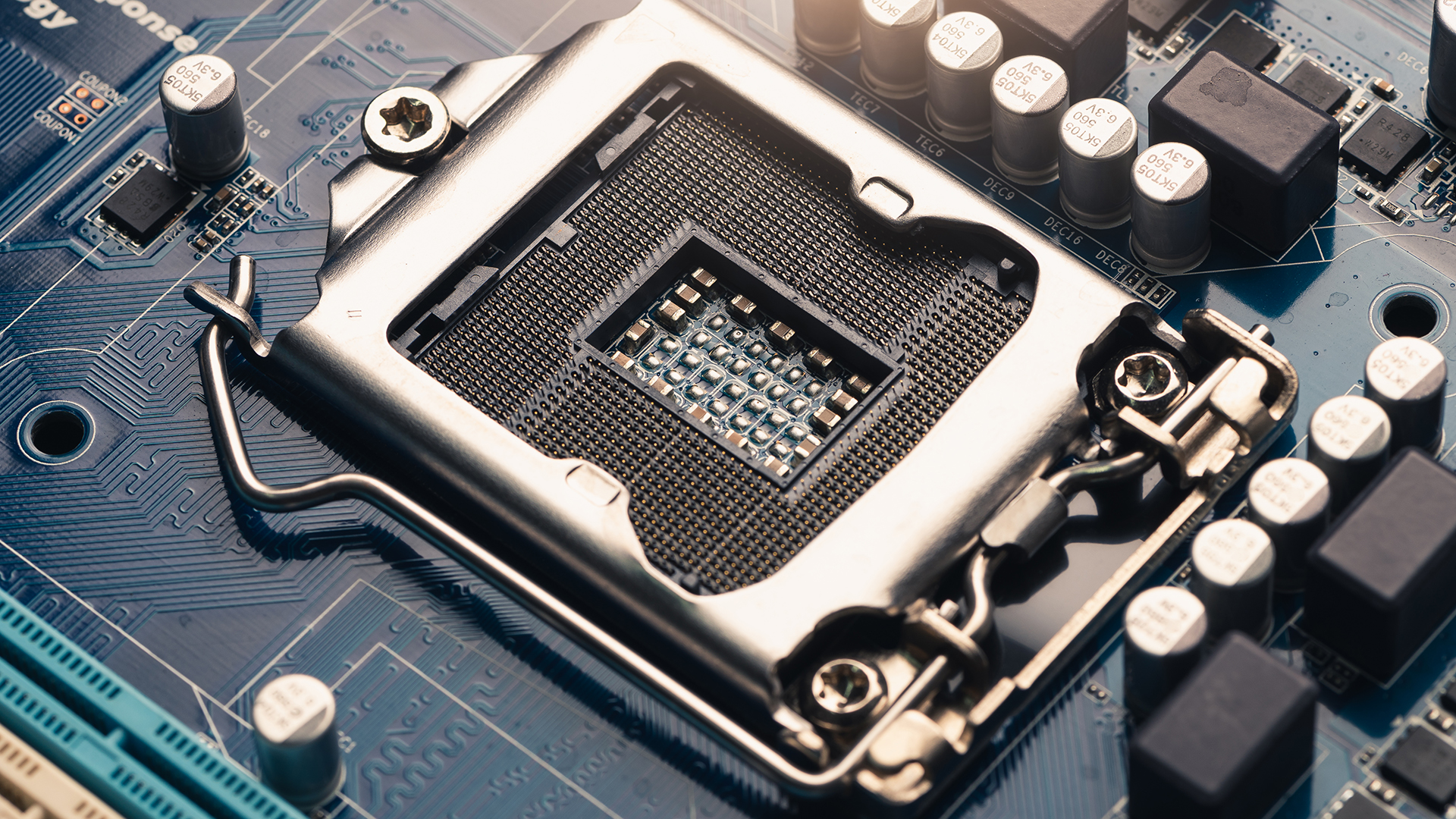
The Central Processing Unit (CPU) is the brain of your laptop, and it handles most tasks that it performs, like loading apps and making calculations. There are a variety of different manufacturers – in PCs, Intel and AMD CPUs are popular, known for their performance, variety and customisability. But if you own an Apple product, it’ll ship with their custom M chips, designed for efficiency and speed in macOS environments.
The power a CPU runs at is measured in Gigahertz (GHz), with speeds of around 2 - 4 Ghz common in today’s laptops. For creatives, it’s also worth bearing in mind how many cores your CPU has (that is to say, how many ‘brains’ a processing unit has that run independently of each other). Dual or quad-core systems are more expensive, but often run multiple different programmes faster than single-core CPUs.
2. GPU
For anything gaming related or for high-intensity visual tasks, your Graphics Processing Unit (GPU) does most of the heavy lifting. It’s important to look for laptops that have dedicated graphics, as integrated GPUs share resources with the CPU and are only suitable for basic tasks.
Dedicated GPUs, like those from NVIDIA or AMD, have their own memory and processing power, making them ideal for gaming, video editing, 3D modelling and other graphically intensive applications.
Some high-end laptops like the Asus ProArt Studiobook OLED as featured in our best laptops for AutoCAD article comes with a powerful Nvidia GeForce RTX 4070 already installed. Expensive, but one of the best cards money can buy right now.
3. NPU
The Neural Processing Unit (NPU) is a specialised chip designed to accelerate AI tasks, and you may not have come across it before now, but it’s likely to be a term we’ll see a lot more in the future.
The NPU is designed to accelerate machine learning and AI tasks, such as image and face recognition and language processing. They are optimised for handling these specific types of calculations, which enables greater energy efficiency compared to general-purpose CPUs or GPUs for these tasks.
Most modern laptops like the Microsoft Surface Laptop Studio and the Apple MacBook Pro integrate a neural processing unit directly into the CPU, rather than installing it as a dedicated chip, which provides the best balance between efficiency, performance and cost.
4. RAM
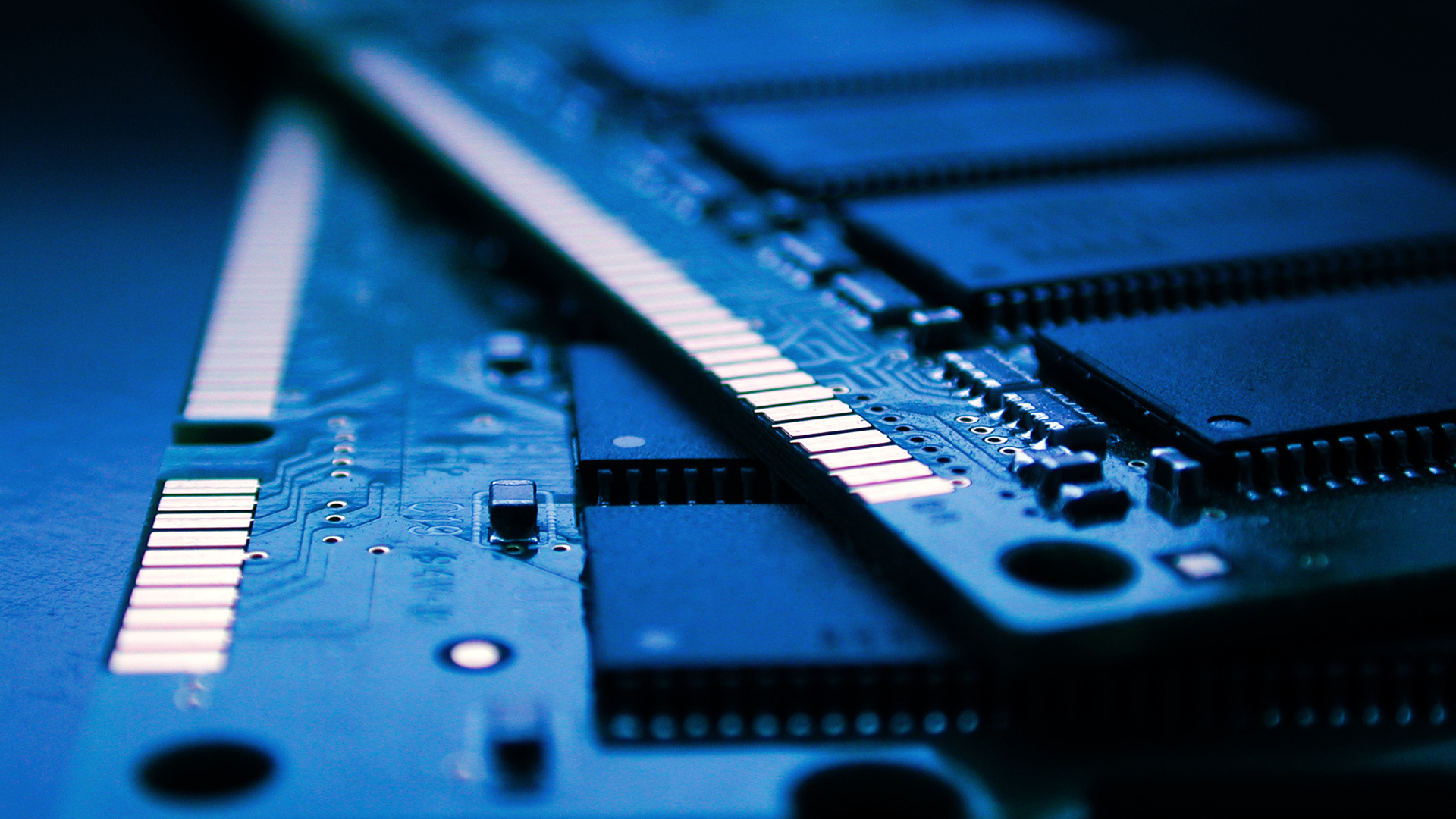
Random Access Memory (RAM) is your laptop's short-term memory and is used in recall when it comes to storing data for active tasks and keeping multiple programmes and apps running at the same time.
More RAM can often make it easier for laptops to keep programmes open and the amount of RAM your laptop has is measured in Gigabytes. It’s common to see sizes of around 8GB for everyday use to 32GB for creative tasks or gaming. We’d recommend a minimum of 16GB RAM in your laptop if you’re serious about professional video editing, photography or graphic design work.
5. Hard Drives/SSDs
The hard drive stores your data, from documents and applications to the operating system. Traditional Hard Disk Drives (HDDs) are slower as they use moving parts, while Solid State Drives (SSDs) are faster, quieter and more reliable as they don’t have spinning disks. SSDs have become the standard in modern laptops and offer quicker load speeds and access to files than HDDs. In fact, you'll be hard pressed to find a modern laptop that doesn't come with a SSD.
6. Ports: USB-A, USB-C, Thunderbolt 3 & 4, HDMI
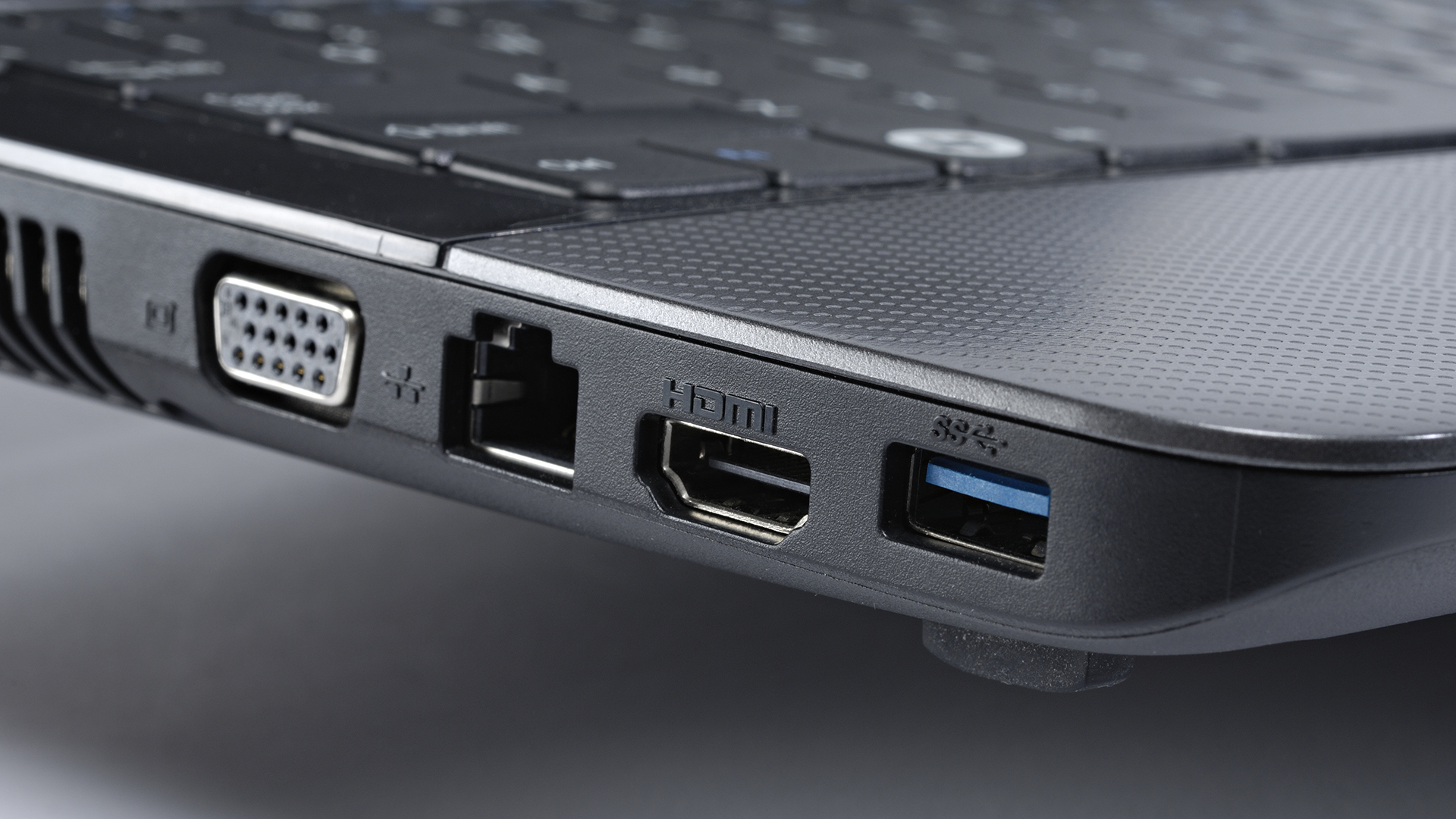
Ports connect your laptop to external devices and is the term for the slots on the side of your laptop. USB-A is the older, larger USB port for plugging hard drives in, for example. USB-C is smaller, reversible, and often faster and Thunderbolt ports (which are indistinguishable with USB-C) offer ultra-fast data transfer and multi-device connectivity.
Many external monitors and screens you plug your laptop into now use Thunderbolt connectivity. HDMI ports output video and audio to external displays like TVs, and are still commonly used, despite being older technology.
7. Wi-Fi 5 & 6
It may come as a surprise that not all Wi-Fi signals are created equal. Wi-Fi 5 is an older, more common wireless standard offering decent speeds for most users, but Wi-Fi 6 is the latest version, providing faster speeds and better performance in crowded areas. If you live in a big household and have lots of connected devices being used at the same time, we’d recommend ensuring you purchase a Wi-Fi 6 enabled device. Most new laptops you’ll purchase today come with Wi-Fi 6 as standard.
8. Nits
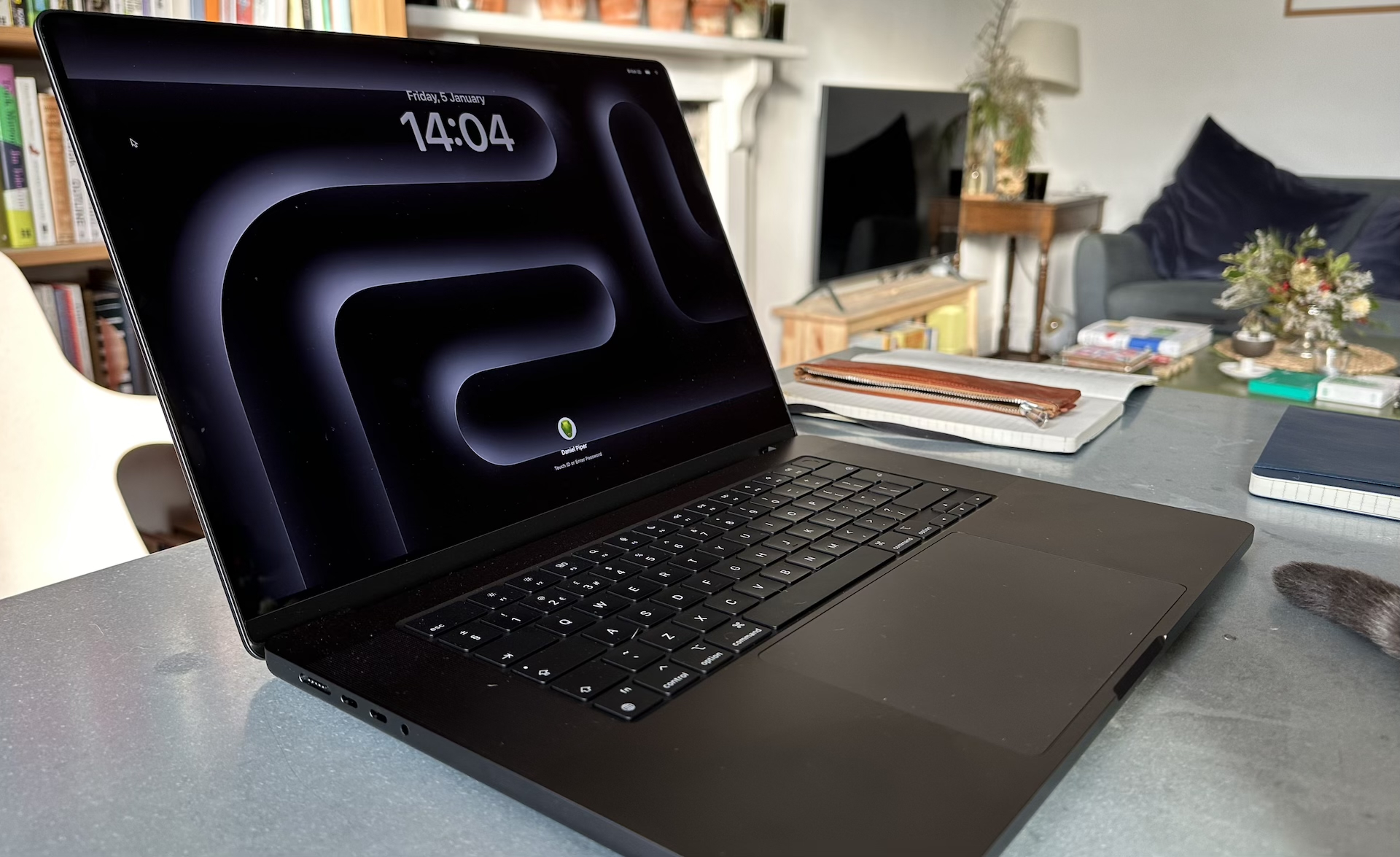
Nits is the term used to measure screen brightness. A higher number of nits means a brighter screen, and this can be useful to improve visibility in bright environments. Laptops typically range from 200 to 500 nits but for outdoor use, high-definition content or using creative tools we’d recommend a brighter screen to enhance the viewing experience. A NIT value of around 500 should suffice, but you can get some that will go up to 600.
9. DCI-P3
DCI-P3 is a colour gamut standard that covers a wider range of colours than traditional sRGB. Professional laptops that are aimed towards creatives offer DCI-P3 displays, and can display richer, more vibrant colours – essential when video editing or manipulating photos. Laptops such as the Asus ProArt Studiobook offer the ability to display 100% of the DCI-P3 colour range.
10. NTSC/PAL
The NTSC (National Television System Committee) is a colour gamut standard developed primarily for older TV systems. In laptops, it's a measure of how many colours a display can produce, and a higher NTSC percentage (above 70%), indicates more vivid and accurate colours. In fact, 72% NTSC is equivalent to 100% sRGB coverage. Some standard laptops for everyday use have around 45% NTSC, but higher values are better for colour accurate design work.
11. OLED
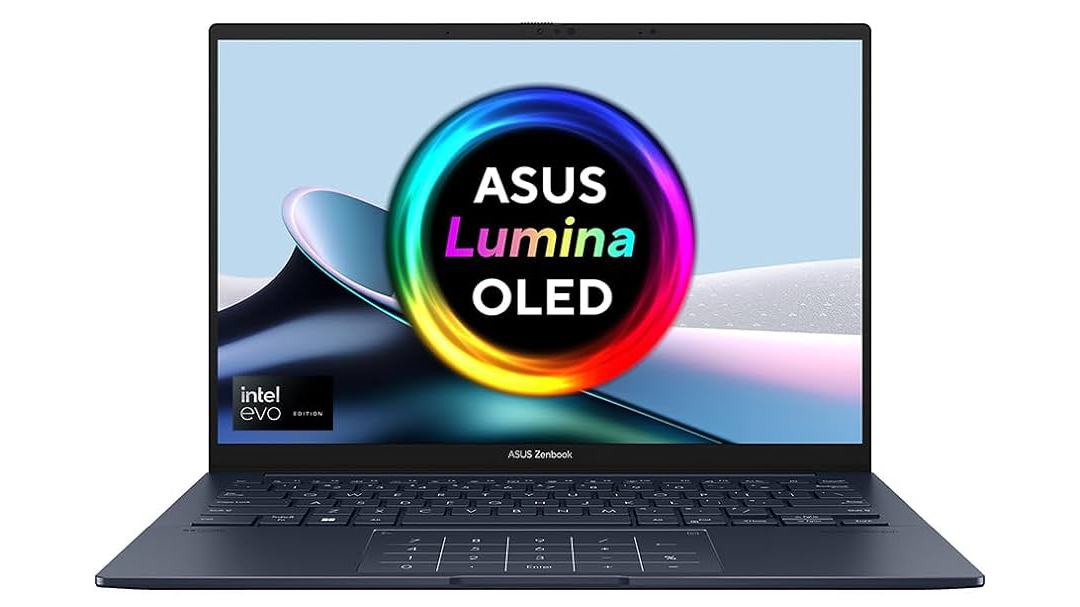
OLED stands for ‘Organic Light-Emitting Diode,’ and screens that offer this provide deeper blacks and more vibrant colours compared to traditional LCDs. Each pixel emits its own light when an electric current is passed through, allowing for true blacks and high contrast ratios as opposed to LCD screens which are backlit. OLED displays are ideal for any editing or creative work where colour accuracy is important.
12. IPS
In-Plane Switching (IPS) is a type of LCD screen technology that allows the same accuracy of picture to be displayed at multiple different viewing angles. They offer consistent, vibrant colour and sharpness from almost any angle and this makes them ideal for collaborative work or any situation where you need multiple people to view the same screen at the same time.
13. Resolution
When we talk about resolution, we’re taking about the number of pixels on a screen, which is different from screen size or aspect ratio. Many laptops are not yet full 4K (4096 x 2160) mainly down to size, but many of the most powerful laptops on the market are now shipping with 4K UHD screens and some such as the Dell XPS 17 9710 make use of larger screens by making use of the whole screen size and getting rid of bezels at the edge. In general, higher resolutions are better for tasks that require detailed visual depth, like video editing or gaming, but the CPU and GPU speed will need to be powerful enough to deliver the increase in pixels across the screen.
14. Refresh Rate
Refresh rate is measured in hertz (Hz) and indicates how often the screen updates per second. A higher refresh rate, like 120Hz or 144Hz, results in smoother motion which is crucial for gaming or creating fast-paced content. To this day, most monitors and standard laptops have 60Hz displays, but if you’re looking at doing extensive video editing work, motion graphics or animation, it’s important to consider 120Hz or higher, despite the increase in cost.
15. Workstation
The term workstation has been used a lot more in tech of late to describe a high-performance system that’s designed for demanding tasks like 3D rendering, video editing, music performances or even scientific simulations. They come with the best that money can buy in terms of components, and often have more robust system reliability designed specifically for the laptop in question due to the intensive nature of their work. For many, it’s overkill, but professionals in the film, TV and music industries for example will have dedicated workstations to run their systems and shows.
16. Haptic Touchpad
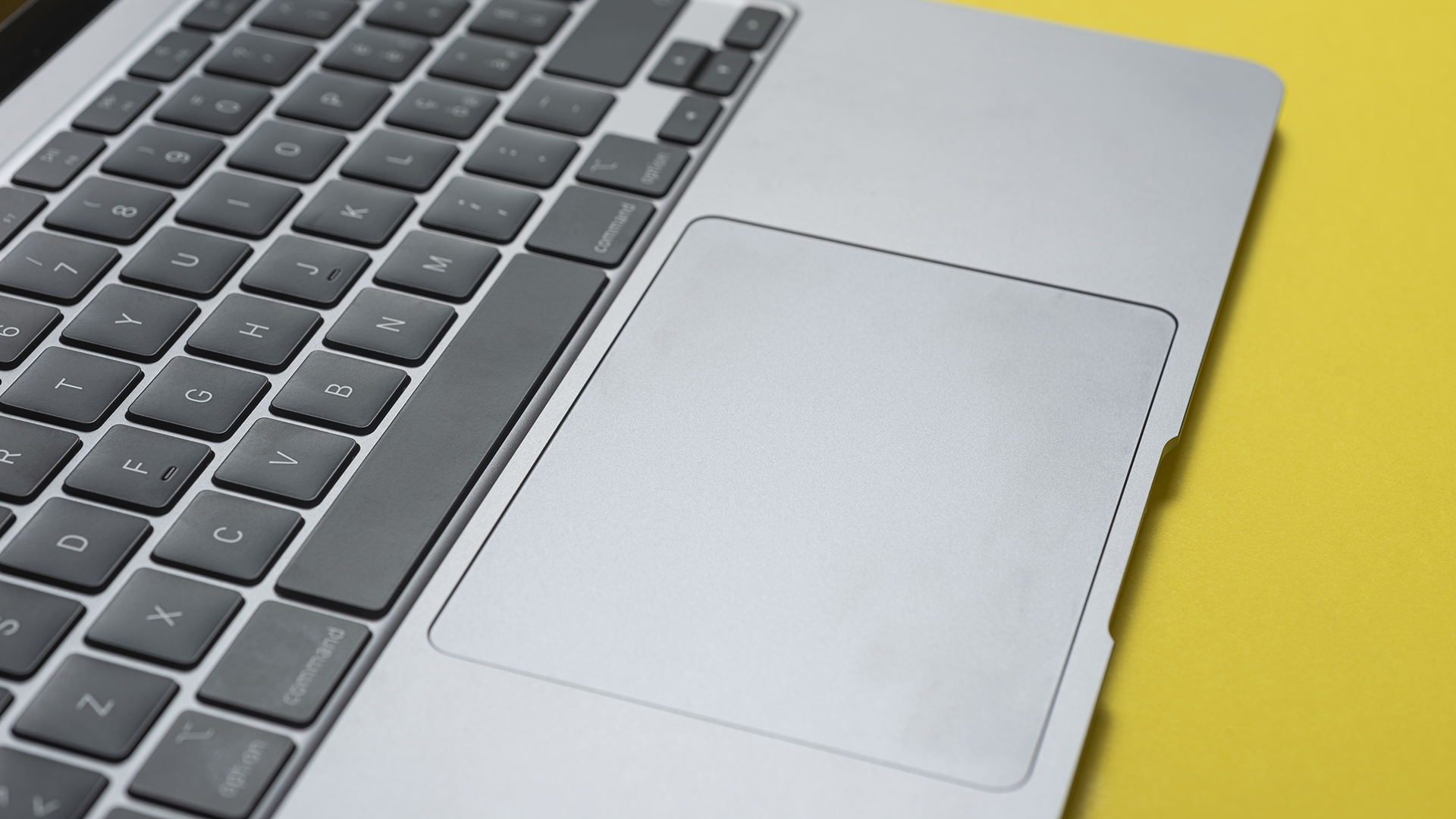
Haptic feedback in a device, whether a touchpad, a mouse, keyboard or games console, uses vibration to simulate the feel of physical clicks. It’s a tactile way of using objects that do not otherwise have any native feedback, ie. they’re smooth or have no moving parts. Touchpads on modern laptops such as Apple’s MacBooks use haptic feedback to offer precise control – they’ll vibrate slightly when a photo you’re editing has been positioned directly in the centre of a frame, for example, or when the clip you’re editing snaps to the play head.

Thank you for reading 5 articles this month* Join now for unlimited access
Enjoy your first month for just £1 / $1 / €1
*Read 5 free articles per month without a subscription

Join now for unlimited access
Try first month for just £1 / $1 / €1
Get the Creative Bloq Newsletter
Daily design news, reviews, how-tos and more, as picked by the editors.

Jacob Little is a freelance writer and photographer and over the past ten years, has written for several national publications and brands. Based near Bristol, technology and the creative industries form the basis of his work, and he also provides content planning and project scoping services for agencies and businesses.
